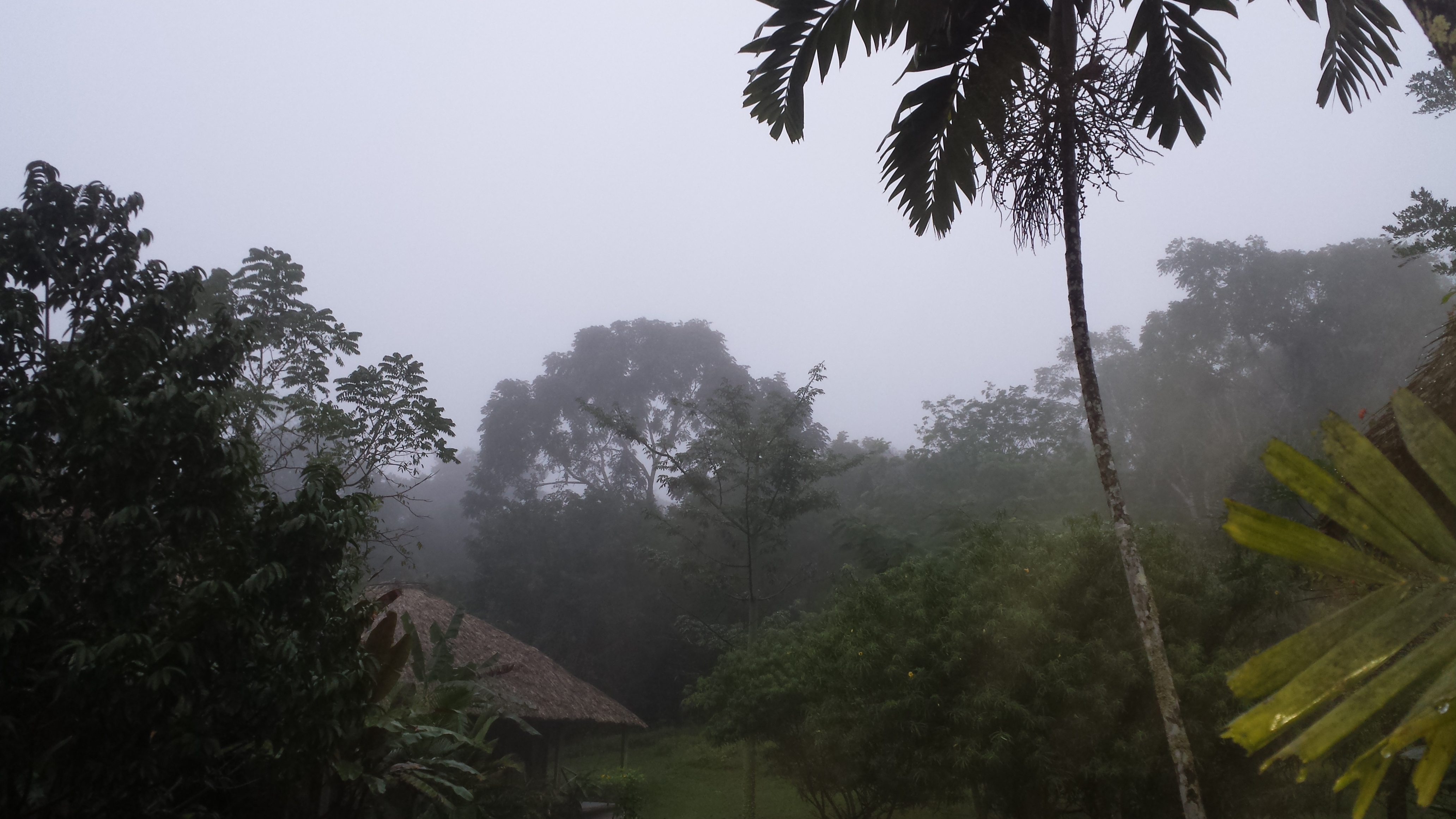“We counted thousands of ants stored in century old toad stomachs,” explains Melody Doering on the subject of her past curation projects. Melody, an entomological preparator at the Museum of Natural History, works to restore Hymenopterans for research and display with a primary focus on bees and wasps. She has been referred to by the New Yorker and the Museum of Natural History as a stylist of sorts, whose work ranges from brushing bees to dissecting massive ethanol soaked wasp nests. Although a large portion of the Museum’s entomological specimens are already dried and pinned, many remain encapsulated in vials of alcohol that degrade specimens to a dulled, gelatinous state over time. Through meticulous work and fine motor skills, Melody transitions these soaked, lifeless artifacts into groomed and vibrant insects.
For bees, the process begins with a delicate shampooing to remove the alcohol. “If something falls off, it’s usually during the washing process” jokes Melody. The shampoo is followed by a blow dry, where the pinned hymenopterans are placed in front of what Doering describes as a sort of mattress pad air pump. Melody then carefully brushes out individual hairs of each bee under a microscope. “Sometimes you can even find pollen in these old specimens” she remarks. Wasps undergo a somewhat similar routine, but with less hair they receive less primping. After being pinned and labeled, the result is a complete beauty transformation ready to be sent off.

As a former musician, self-taught video game designer, and craftswomen, Melody’s path to her current position has been far from traditional. She attributes her fine motor skills to organ playing, knitting and crochet. When assigned the project of creating a taxonomic key for a class she was auditing, Melody instead created an intricate “beetle builder” game, which involved progressive identification of body parts to learn phylogeny. “I used photos from a Russian entomologist . . . and you could build 49 possibilities of beetles”. Despite never pursuing a formal degree in the sciences, Melody has become a taxonomic expert of hymenopterans and created quite of bit of buzz with her styling endeavors. At the end of her working life, Melody reflects fondly on her diverse and unique suit of professions.
“Insects are incredibly interesting and I grew up thinking, ‘Bugs? Ick.’ … but since I have been exposed to them I’ve come to realize how unendingly interesting they are and I’m always learning new things. This job is the most fascinating and interesting positions I’ve ever had. If I had the choice to do it all over again, I don’t think I’d change a thing.”




